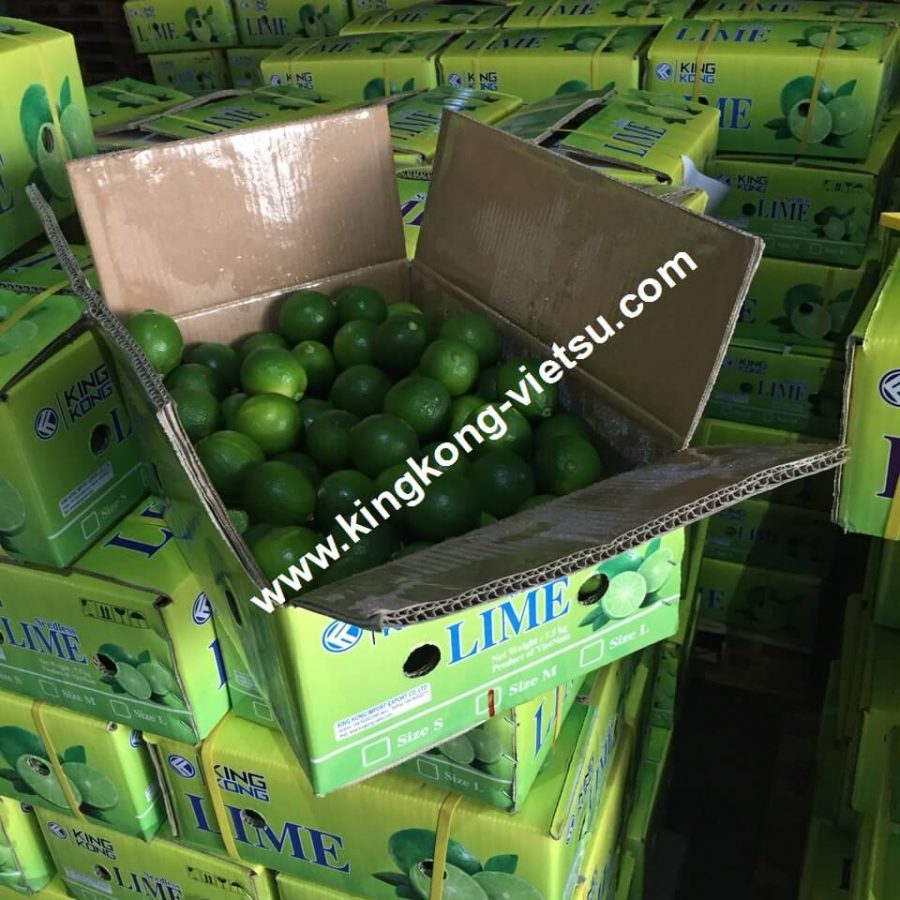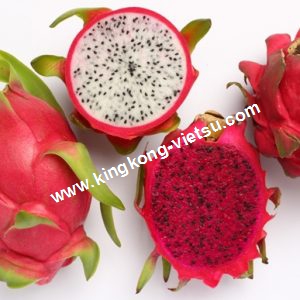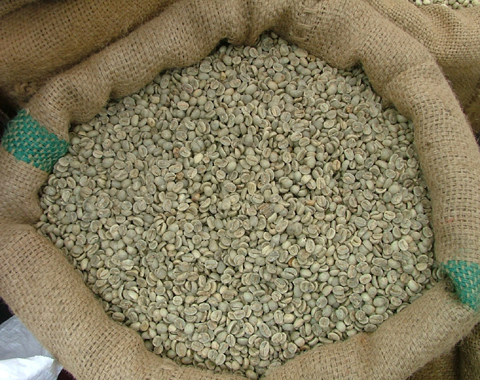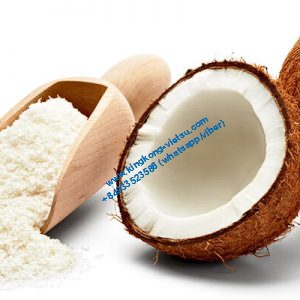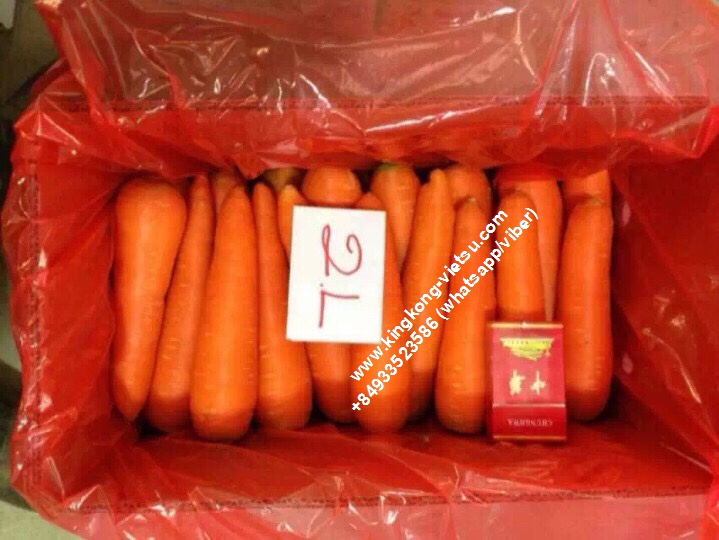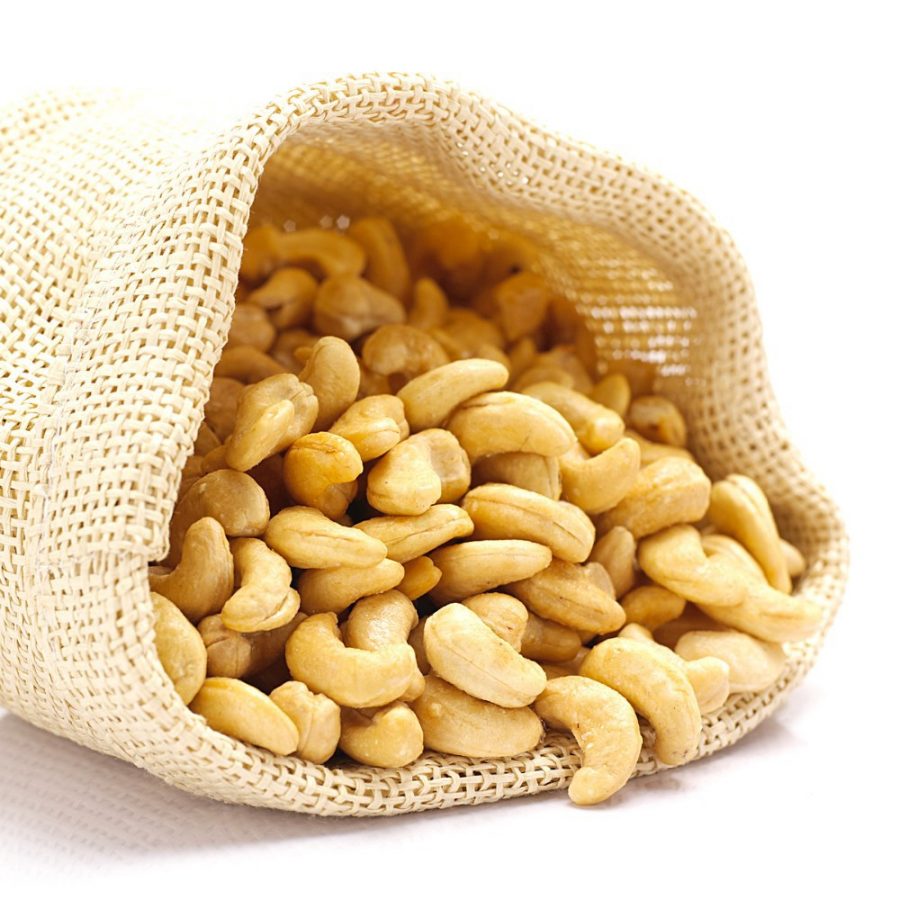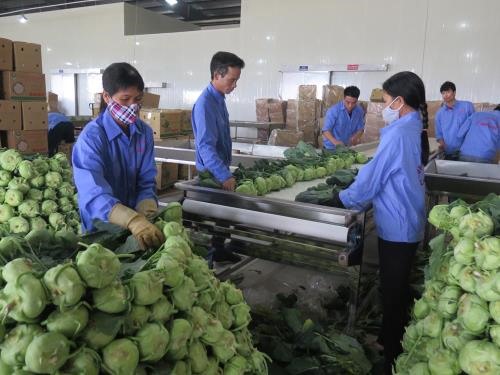
A pre-processing factory in Hải Dương Province. Việt Nam has great potential to export processed vegetables and fruit because of high demand worldwide.
More Vietnamese businesses should be shifting to processing and exporting vegetables and fruits,which has high demand worldwide, Võ Mai, deputy chairwoman of the Việt Nam Gardening Association, has said.
Traditional crops such as rice, pepper, cashew, rubber and coffee in Việt Nam have reached their limits in terms of farming area, productivity and market growth potential, while the global demand for fresh and frozen vegetables is on the rise.
Many Vietnamese companies are now investing in vegetable and fruit processing to take advantage of the rising market.
Lavifood Joint Stock Company, for example, has opened a VNĐ1.8 trillion (US$77.5 million) processing factory for vegetables and fruit in Tây Ninh Province, with the ability to buy lower-grade fruits to make juice and dried fruit, boosting farmers’sales and reducing waste, according to its deputy director Đinh Hùng Dũng.
Late last year, Vina T&T Import – Export Service Co. Ltd also began construction of a coconut factory in Bến Tre Province. Its director Nguyễn Đình Tùng told Tuổi Trẻ Newspaper that Bến Tre coconuts are highly competitive and regarded, and the factory will help boost the revenue of farmers and reduce waste.
Nguyễn Xuân Cường, minister of agriculture and rural development, said that such products bring high economic value, but there are only 156 vegetable and fruit processing factories in Việt Nam.
Only 1 million tonnes, out of of 27 million tonnes produced every year, are processed in factories, so there are many opportunities to invest in processing factories for these products.
Võ Mai said that Việt Nam became one of the word’s leading processors of cashew, pepper and coffee, and that it could also reach the same achievements in processing vegetables and fruits for the global market.
Phùng Văn Hiền, director of Global Fresh Fruits Company in Bến Tre, noted that global demand for vegetables and fruits was high, so the important factor would be to ensure quality for exports.
Meanwhile, Vietnamese mangoes have recently entered the US, a market that demands strict specifications. The upcoming direct flights from Việt Nam to the US means that the competitiveness of Vietnamese produce can expect to rise in the future, according to Hiền.
In 2018, the exports of vegetables and fruits reached over $3.8 billion, with an average growth rate of 15 per cent annually in the last five years.
According to the Ministry of Agriculture and Rural Development, in 2018, 105,000 hectares of farmland that cultivated inefficient rice species have been converted to fruit and vegetable growing areas.
Rice output still grew by 1.24 million tonnes last year despite a decline in farming area, but the quantity and quality of fruits and vegetables rose.
Source: http://vietnamnews.vn/economy/505988/vn-shows-great-potential-for-processed-vegetable-fruit-exports.html#iA5UOKOdHeC2QKki.99




